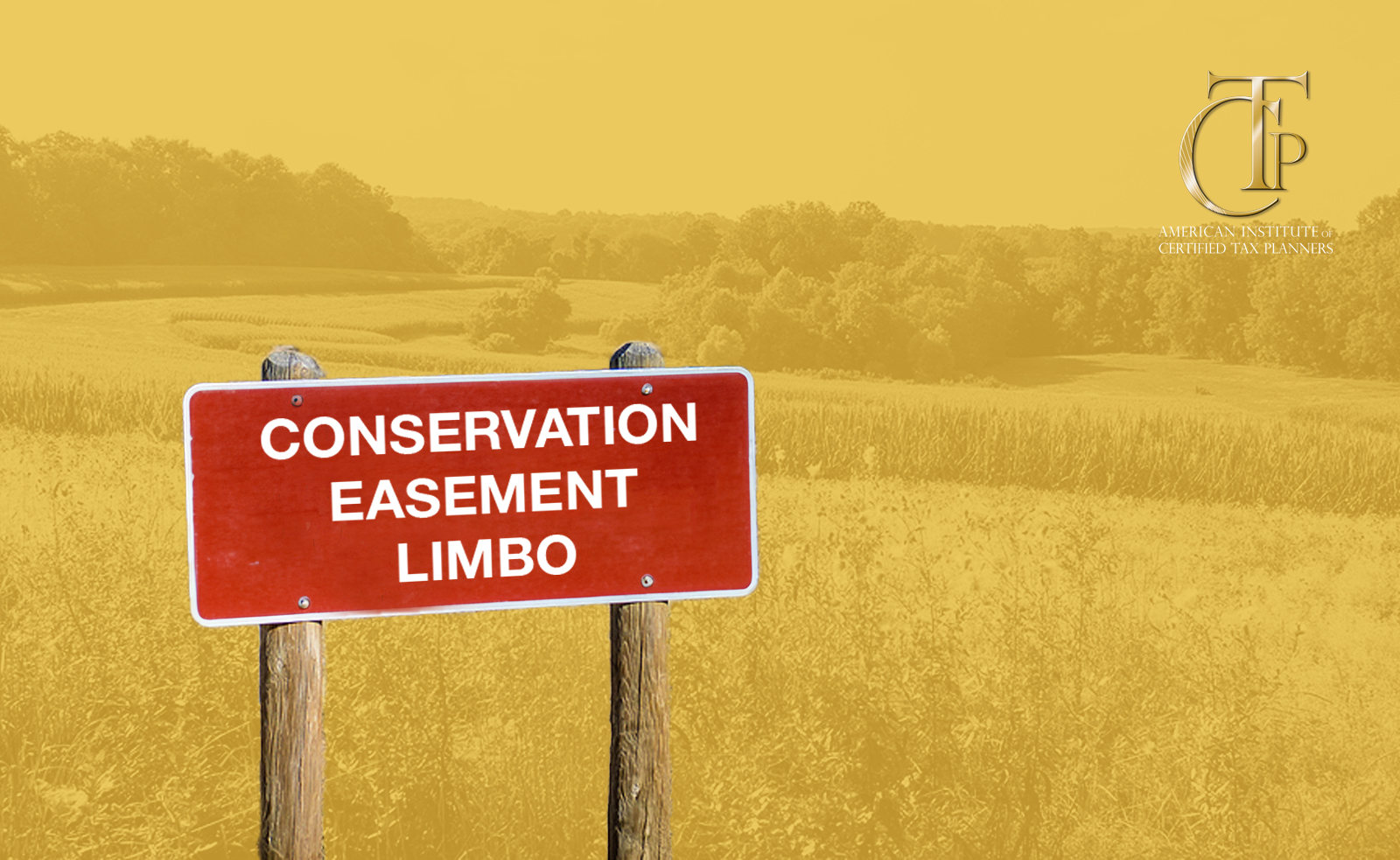Navigating the Tax Code can be like trying to follow a map where the lines are constantly shifting. Every month, it seems like new guidance is released, new legislation is passed, or new cases are tried by tax courts, and suddenly, applying tax law has become a completely different game. Taxpayers are understandably confused, and if you work with clients who do a heavy amount of investing, they may come to you concerned that their tax strategy is being compromised by what they read in the latest tax news articles.
One example is the lesser-known but highly-lucrative tax strategy involving conservation easements. Landowners who are willing to forego developing their land can qualify for a significant tax deduction. However, recent changes to tax law may change how and if this is a viable tax strategy for your clients. Read on to learn what a conservation easement entails, why the IRS is cracking down on it, and how the rules around this tax deduction have changed.
Conservation Easements 101
If you’re unfamiliar with this concept, a conservation easement occurs when a landowner voluntarily agrees to permanently limit their use of the land in order to conserve it. The goal of this conservation may have to do with improving water quality, fostering healthy forest growth, maintaining a wildlife habit, or ensuring the land is available for sustainable agriculture. In any case, the conservation easement is essentially a legal agreement that says the land will not be developed or subdivided for real estate. This can also apply to buildings with historical façades or other structures that a nonprofit may want to conserve for historical reasons.
So why would a landowner opt into a conservation easement? Aside from environmental concern and philanthropic instincts, a practical reason landowners have chosen this route is for the tax break. Under 170(h) in the Internal Revenue Code, if a taxpayer donates their land as a conservation easement, they may qualify for a federal tax deduction equal to the value of their donation. This is equal to the difference between the fair market value of the property before and after the easement takes effect.
To take advantage of what could be a pretty sizable tax break, some investors have formed partnerships that then purchase a piece of land and donate it to receive a charitable tax deduction. This is referred to as a syndicated easement—a strategy that the IRS has set its sight on eliminating.
The IRS vs. Conservation Easements
The IRS has taken pains to outline how certain taxpayers have abused the intention of the conservation easement rules for their own gain. The agency first highlights the reason this tax deduction even exists: Congress wanted to provide an incentive for landowners to preserve their land or buildings for future generations, whether for environmental or historical reasons.
However, “promoters” have taken this tax deduction and turned it into a money-making scheme, encouraging inappropriate applications of this tax incentive. The IRS gives examples such as questionable appraisals, inappropriately large deductions, and illegitimate deductions where the taxpayer has not actually complied with tax rules or has developed their property in a way that violates the purpose of the conservation easement. Similarly, some taxpayers have claimed a deduction for a historic easement, often by agreeing not to modify the façade of their historic house, but the reality is that the owner was already prohibited from modifying their home due to local zoning laws, so no rights were actually relinquished by the taxpayer.
In light of these abuses, the IRS has been looking to increase restrictions on conservation easements for years. One approach the agency took was to have syndicated conservation easements labeled as a “listed transaction.” This would mean the transaction has been identified by the IRS as substantially similar to a tax avoidance transaction that must be reported to the IRS. The Tax Court recently determined that the IRS cannot use notices to identify listed transactions, so the IRS has instead proposed regulations that would identify certain syndicated conservation easements as abusive tax transactions.
Recent Changes… and the End of a Tax Strategy
At the end of last year, the IRS introduced changes that essentially rendered the syndicated easement strategy impractical. The tax break didn’t disappear completely, but it has become limited to historical easements and what is called a “fee simple” (more on that in our next blog). To summarize, these are the changes that took place:
- First, the IRS basically bracketed the landowner by requiring a three-year hold before the land could be put into a land trust and therefore be considered a conservation easement for tax purposes.
- Second, the IRS limited the deductions to 2.5 times the property value based on its “highest and best use.”
These changes went into effect on December 29, 2022. Now for any taxpayers who invested in a conservation easement last year, not to fret. The changes did not include a lookback function, so they only apply to easements that took effect on or after that date.
Conclusion
Conservation easements may be in limbo as a viable tax strategy, but fortunately, in the tax world, there’s often a different angle or entry point to arrive at tax savings. To learn more about alternatives to the conservation easement, read our second article on the fee simple tax strategy. To stay up-to-date on changes in tax law and learn how to skillfully contextualize them for your clients, contact us about becoming a Certified Tax Planner today.





